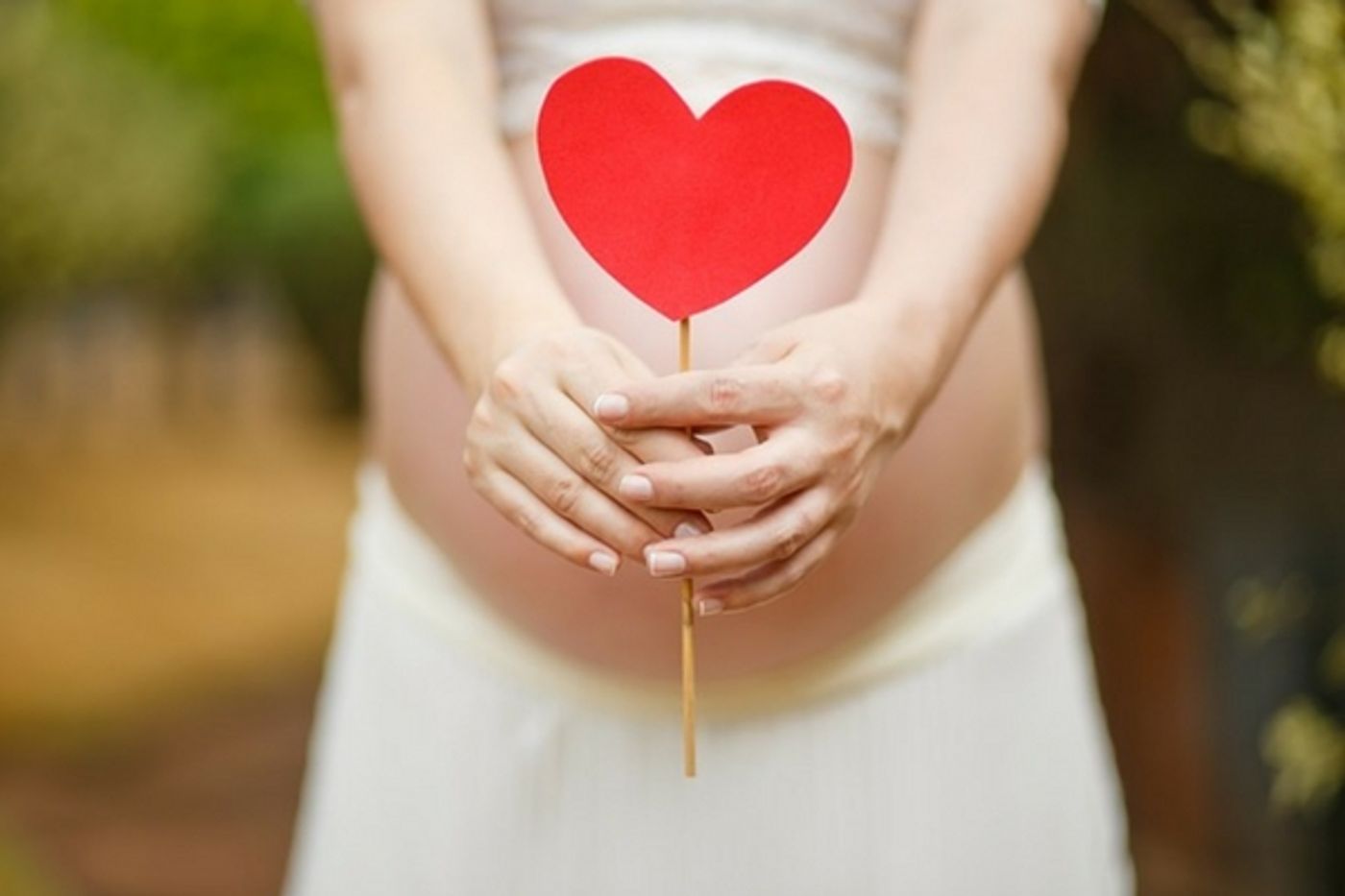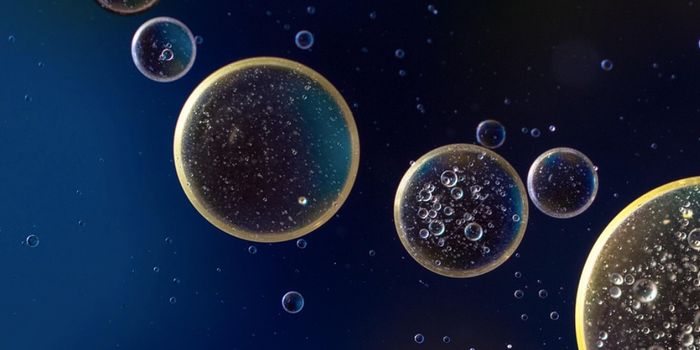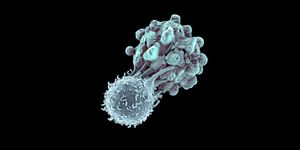What Pregnancy Does to the Brain
New mothers, and some that have been at it awhile, will agree that becoming a mother was a life-changing experience. In hundreds of ways, once a woman becomes a mother, almost everything changes. New research however points to demonstrable brain changes in women after they have given birth and these changes persist for years. The findings of a study begun at Autonomous University of Barcelona and completed at Leiden University in the Netherlands were published recently in the journal Nature Neuroscience.
Elseline Hoekzema, co-lead author of the study and a senior brain scientist at Leiden University revealed that the study showed changes in the physical size and structure of the brain. The study was conducted with 25 women and 19 of their male partners. Before giving birth they underwent high-resolution MRI scans. As a comparision group, 20 women and 17 of their male partners who had never had children and were not planning on it during the study period underwent the same scans.
After giving birth the scans were repeated and the new moms showed a loss in volume of grey matter in areas of the brain associated with social cognition. Hoekzema explained that this loss of brain volume was not necessarily a loss of function, but might be an example of the “pruning” of neural networks into more efficient synapses, a process which happens as adolescents mature as well. It was significant that this area of the brain that changed was the region involved in recognizing how others around us feel and that these changes might be the brain’s way of adapting to the challenge of motherhood. It was noticed in the study that the new mothers had slightly lower scores in word learning tasks after giving birth, but the difference was not statistically significant and could have been due to factors like fatigue or sleep disturbances.These changes appear to persist for years as well. The mothers in this study were followed for a period of two years and based solely on volume of grey matter, a computer algorithm could correctly identify the brain of a woman who had given birth versus one from a woman who had not.
In a press release Hoekzema explained that these changes were in proportion to the levels of bonding the moms had with their babies. Those women with the highest amount of overall brain volume changes also showed the highest level of maternal bonding. She explained, “We found, for example, that the brain areas that change during pregnancy coincide in part with those areas in a woman’s brain that exhibit the strongest response to her child in the period after the birth. Another finding was that certain measures mother-child bonding could be predicted on the basis of the structural changes in the grey matter of the brain.”
In view of the heavy hormonal changes that happen in pregnancy, Hoekzema was not surprised that these changes would impact brain structure and size since during puberty similar levels of hormonal upheaval are taking place and the brain changes immensely during that period as well. “It is not surprising that the unparalleled changes in a woman’s hormone levels during pregnancy would lead to changes in brain structure,” she wrote. “We suspect that, as in adolescence, these changes could - at least partially - reflect a selective fine-tuning of connections into a more specialized and efficient neural network.”
The research was much needed in the field. While there are many examples in animals that pregnancy and birth produce significant brain changes, some that are lifelong depending on the species, not much human study had been done up until now. Check out the video to learn more about how becoming a mother can impact the brain.
Sources: Universiteit Leiden, CNN, Nature Neuroscience









